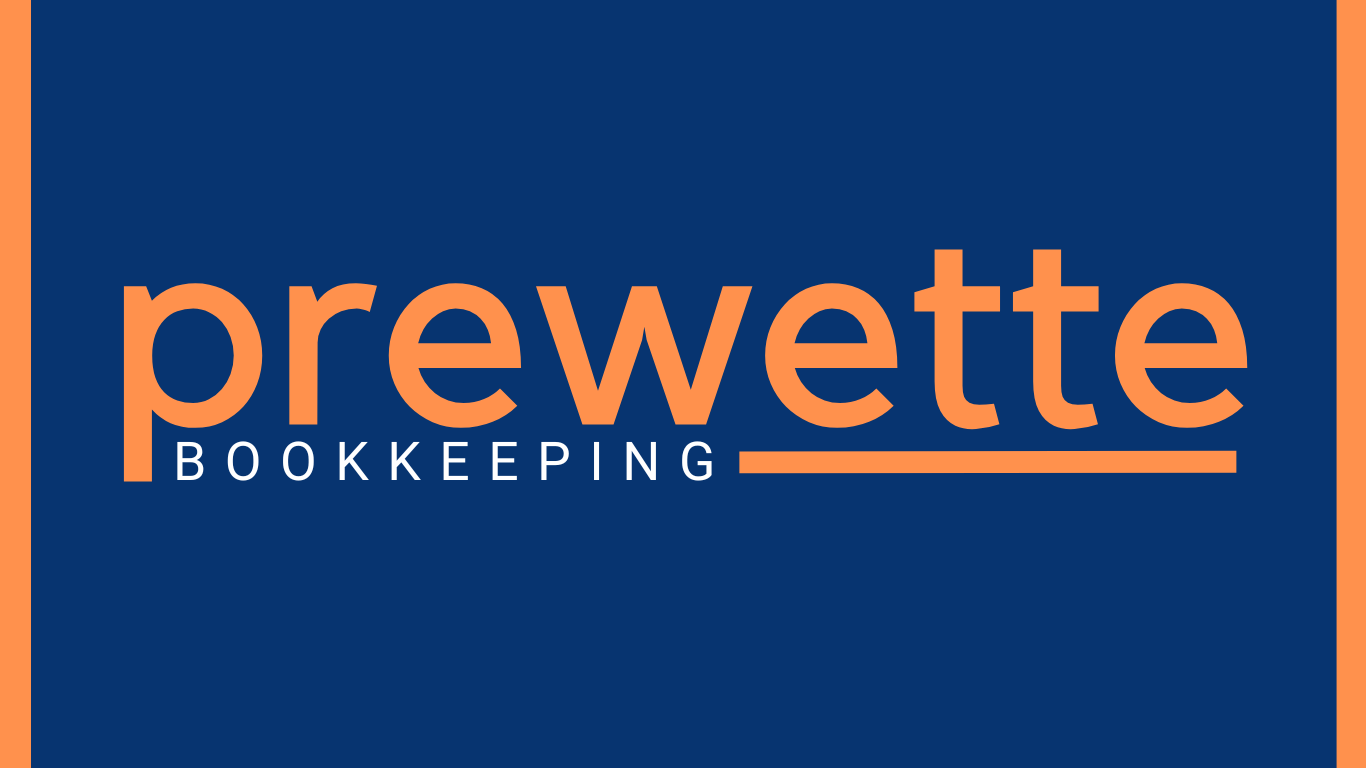When it comes to the foundational strength of small business bookkeeping, few tasks are as impactful as setting up and maintaining a Chart of Accounts (COA). Think of the COA as the backbone of your financial system: it organizes all financial transactions into categories that make sense, keeps records clean, and empowers business owners to make better decisions based on real data.
The Chart of Accounts is a listing of all accounts used in a business’s general ledger. It organizes financial transactions into meaningful groups, such as:
- Assets (e.g., bank accounts, inventory, equipment)
- Liabilities (e.g., loans, accounts payable)
- Equity (e.g., retained earnings, owner’s capital)
- Income (e.g., sales, service income)
- Expenses (e.g., rent, wages, office supplies)
Each account is assigned a number (optional, but helpful) and a name. The goal is to keep the list logical, intuitive, and flexible enough to support the growth of the business.
When creating accounts, use a numbering system that leaves room for future growth. Most accounting software will help with this. A simple format could look like this:
- 1000–1999: Assets
- 2000–2999: Liabilities
- 3000–3999: Equity
- 4000–4999: Income
- 5000–5999: Cost of Goods Sold (COGS)
- 6000–6999: Operating Expenses
- 7000–7999: Other Income/Expenses
Avoid creating duplicate or overly specific accounts unless necessary. For example, use “Office Supplies” rather than creating separate accounts for pens, paper, and printer ink. However, it is okay to use sub-accounts when helpful. Sub-accounts can add clarity without cluttering your main chart. For example:
6000 Operating Expenses
→ 6010 Marketing
→→ 6011 Digital Ads
→→ 6012 Print Media
→ 6020 Travel
→→ 6021 Lodging
→→ 6022 Meals
This level of detail can be especially useful when analyzing spending patterns or preparing tax reports. It allows you to see profit/loss, cash flow, and where you’re overspending. It can help you budget smarter so that you know exactly how much is going to rent, payroll, or advertising. It makes tax time stress free because your CPA can file faster and more accurately. It also allows you to make better business decisions because you are relying on real data, not just guesses. Without a proper COA, your financial records can get messy fast, and that can cost you time, money, and peace of mind.
Once the COA is set up, maintenance is key. Here’s how to keep it clean and functional:
- Review quarterly to identify unused or redundant accounts.
- Merge or archive rarely used accounts (where appropriate and allowable).
- Ensure consistent usage. Train anyone entering transactions to use the correct accounts.
- Document changes so there's always a clear history of the structure.
A well-structured Chart of Accounts isn’t just about clean bookkeeping, it’s about providing clarity, confidence, and control. As a
business owner, your thoughtful setup and maintenance of the COA can save hours of frustration and lead to more accurate, actionable insights. Whether you’re working with a bookkeeper or doing your own bookkeeping, make the COA work for your business, not against it.

